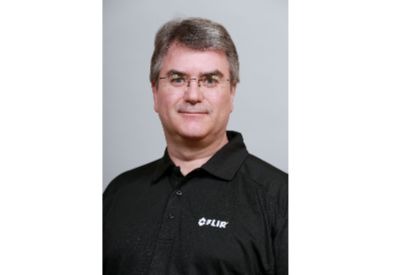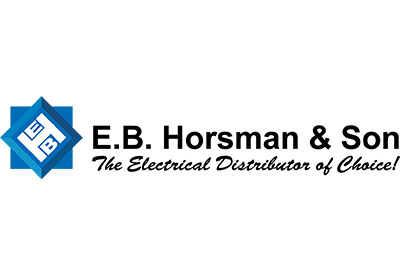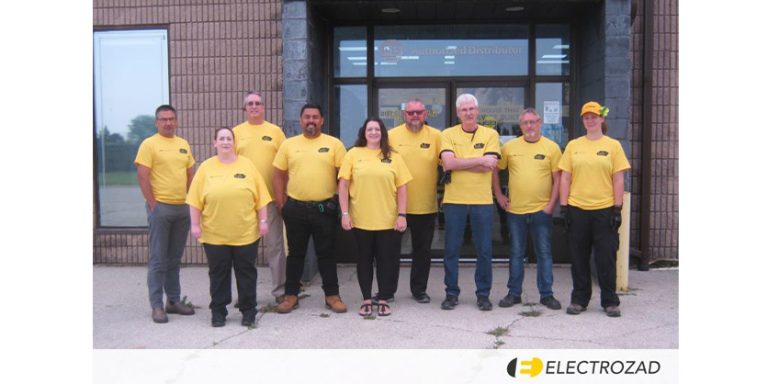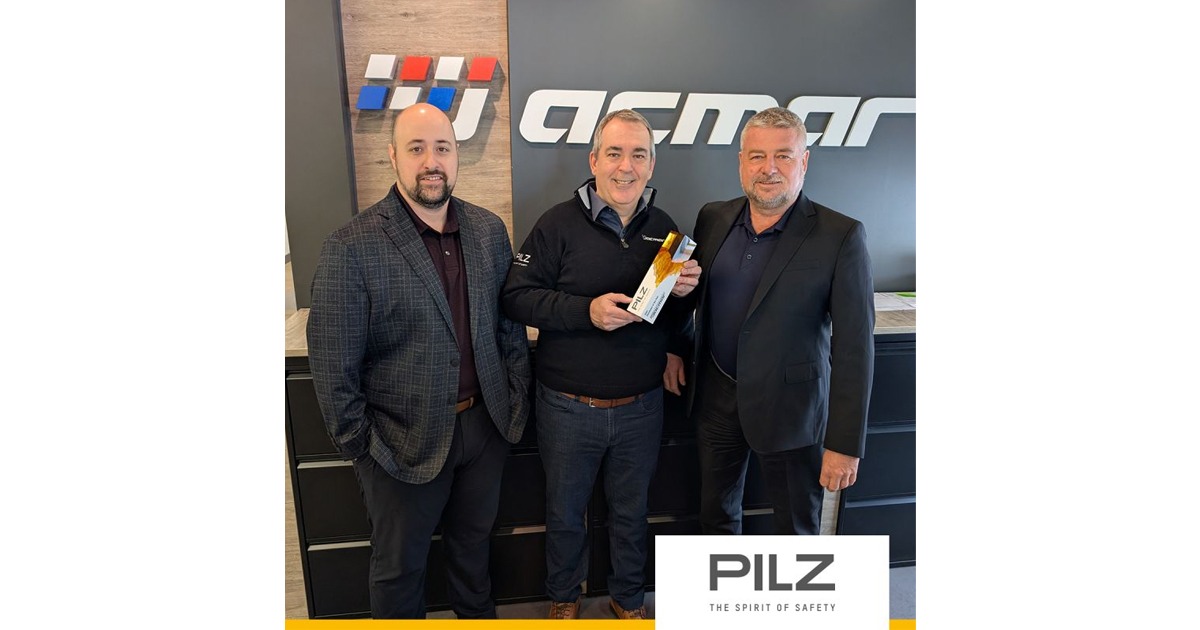Stephanie Medeiros — Electric Vehicle Charging Infrastructure, ABB Canada (Part 2)

Sept 20, 2019
In Part 1, ABB’s Stephanie Medeiros described her experiences as an electrical engineering intern in Peru, the challenges of being a woman in a male-dominated industry, and co-founding an ABB Canada gender diversity program called the Excelle Group. Stephanie now leads ABB Canada’s Electric Vehicle Charging Infrastructure team, as well as transit bus charging in the United States and Canada. Here in Part 2, Stephanie talks about an approaching tipping point for Canada’s EV industry, her involvement in a new standard for overhead bus charging, and more.
For Stephanie Medeiros, this is an exciting time for Canada’s electric vehicle industry because it is approaching a tipping point. “One or two percent of vehicles in Canada are electric, but you’re going to see this change rapidly. There are different factors that come with that, but to make it a reality you need to have a charging infrastructure in place. One of the factors involved with that is establishing standards for charging, as well as settling on a uniform method for charging — ultimately, constructing a landscape that closely resembles that of internal combustion.”
For example, only a few years ago fast charging was considered 50kW, while today ABB is installing car chargers that are 350kW. These chargers have the ability to charge a car in eight minutes, comparable to the approximately four minutes it takes to fill a car with gas.
“What’s happening now in the industry,” she said, in particular in terms of overhead fast charging for electric buses, “is an increase in types of [fast] chargers. If you’re looking long term it doesn’t make sense to have multiple types, because you don’t have interoperability.”
Interoperability is key for the progression of electric vehicles. As a new technology, the industry hasn’t settled on an optimal universal method. This adds risk to the investment for manufacturers, municipalities and transit authorities.
“These types of conversations are happening right now, and these standards are being created right now,” she said, making it an exciting time for the industry as it approaches a tipping point in the adoption of electric transportation.
The SAE (Society of Automotive Engineers) will be coming out with a new standard for overhead bus charging that will have enormous implications on the direction of the industry. A standard that ABB, and Medeiros herself, had a part in developing.
“For me this is very exciting because it is the future of e-mobility and I have been able to contribute to the larger initiative that makes up the new standard for overhead bus charging,” she said. “Because this is a new industry it’s going to move super fast. Once we get past this tipping point you’re going to see a dramatic increase in electric cars and electric buses.”
“Transportation is a very large contributor to CO2 emissions, so we have to find ways to decrease it,” she said. “Electrifying transport… that’s key and will go along way.”
One challenge of new technology is a continuous learning curve. Medeiros dedicates at least 30 minutes every morning to reading about new trends and technologies in the industry. “You have to keep up to speed, and you have to see what the industry is doing, what stakeholders are doing, what competitors are doing. Everyone’s really working together, and going at a fast pace.”
Medeiros explained that an asset for her, particularly given the rapidly changing landscape, is that she has a diverse team working with her. Any time you have a diverse range of people you are going to find differing perspectives, ultimately providing the new ideas and insights that are critical to innovation.
“Everyone comes in with valuable viewpoints that are outside of the box. It definitely helps in this landscape.”
Stephanie said Canada is in a good position with respect to Canada’s EV charging infrastructure. Provinces like BC, Ontario, and Quebec are being aggressive with their charging infrastructure targets, and Quebec has plans to build 1,600 DC fast chargers over the next two years. “Overall, when you’re looking at EV charging in Canada you are looking at the perfect landscape.”
When it comes to transit bus charging there are plenty of organizations, along with the government, that are doing great work. ABB is involved with the Canadian Urban Transit Research and Innovation Consortium (CUTRIC), an organization that Medeiros has worked with as a board member. The consortium focuses on low-carbon emission mobility projects across Canada. They consider electric batteries, fuel cells, and various technologies.
Stephanie explained that because Canada is a relatively small market compared to the U.S., it’s an ideal setting for demonstration projects. One Canadian project going on right now (Pan-Canadian Electric Bus Demonstration and Integration Trial), is showcasing interoperability between bus and charger manufacturers, utilizing buses from Nova Bus and New Flyer Industries and OppCharge protocol chargers from ABB Group and Siemens Canada.
“Whenever you have interoperability it really increases the adoption,” Medeiros added.
As we speak, there are a lot of great innovations shaping our future, from programs like the Pan-Canadian Integration Trial to advancements in technology. Although, there are certainly obstacles to ramping up the usage of electrical vehicles, from transit systems to commercial commuters. Stephanie highlighted a couple of areas that will be crucial to getting the industry to a tipping point. Primarily, public policy and leadership from the government to encourage and incentivize manufacturers and consumers.
“One of the big roles for policy makers is to encourage and facilitate the development of the necessary infrastructure by putting in laws and incentives that go towards that goal,” she said. “It is crucial to take the infrastructure to the next level.”
Stephanie highlighted Norway as a country that has the highest market penetration for electric vehicles, due in large part to government leadership. Norway has committed to installing charging stations every 30 miles, as well as implementing other incentives for EV drivers like free public charging, parking, and free access to toll roads.
Interoperability is another crucial aspect to widespread adoption. A lack of interoperability complicates the market, as well as the adoption of infrastructure, making things more cost prohibitive.
In the shorter-term, increasing charging points will have a massive impact. Lowering EV cost will be crucial, as well.
“We need to have more affordable EVs; we also need to have more choices of vehicles,” Stephanie said, which includes increasing the quantity of vehicles available.
There are more SUV options than in the past, but the price point still needs to come down. Improvements to battery technology will play a major role in reducing costs. Over the past 10 years battery cost has come down considerably, and that’s expected to continue.
Ultimately, increasing market penetration relies on affordability, options, and the requisite infrastructure.
Increasing charging speed and reliability will be a major factor for industrial and commercial EVs. Long-hall transport, medium and heavy-duty vehicles, for example, will require better batteries and faster charging. Currently public charging installed can go up to 350 kW, but the industry is working towards reaching 1 MW and more.
“It’s going to happen sooner than you think,” she added.
“There’s a lot of these developments happening, and again, it’s not a matter of one company or organization thinking about this, it’s the entire industry. From utilities to stakeholders like transit authorities, operators, manufacturers, associations, governments, everyone has to come together to make electrification of transport a reality.
Reducing CO2 emissions is clearly a highly pressing issue. Transportation, as Stephanie alludes to, accounts for approximately 15% of carbon dioxide emissions world wide. In light of reports like Canada’s Changing Climate Report and IPCC Global Warming Special Report, we have to commit to reducing emissions considerably to protect the planet and our ability to live on it. Making the transition to EVs is critical, alongside increasing renewable energy sources, reducing emissions in manufacturing, and so on.
Overall, Medeiros is optimistic about the current state of EVs and EV charging infrastructure in Canada. Our landscape is prime for fostering the EV industry, and it is an exciting time to be immersed in the industry.
Not only as a woman succeeding in a leading technology company, but as a leader that has carved out an impressive career in a rapidly changing landscape, she is a fantastic role model for any young professional. From volunteering in remote Peru villages, working in the Middle East, developing standards with international organizations, to promoting gender diversity and inclusion, she has already established an incredible career, showing tremendous ambition, expertise, and leadership.
Blake Marchand is Assistant Editor, Kerrwil Electrical Group
Photo credit: Marc-Andre Pichette, ABB










